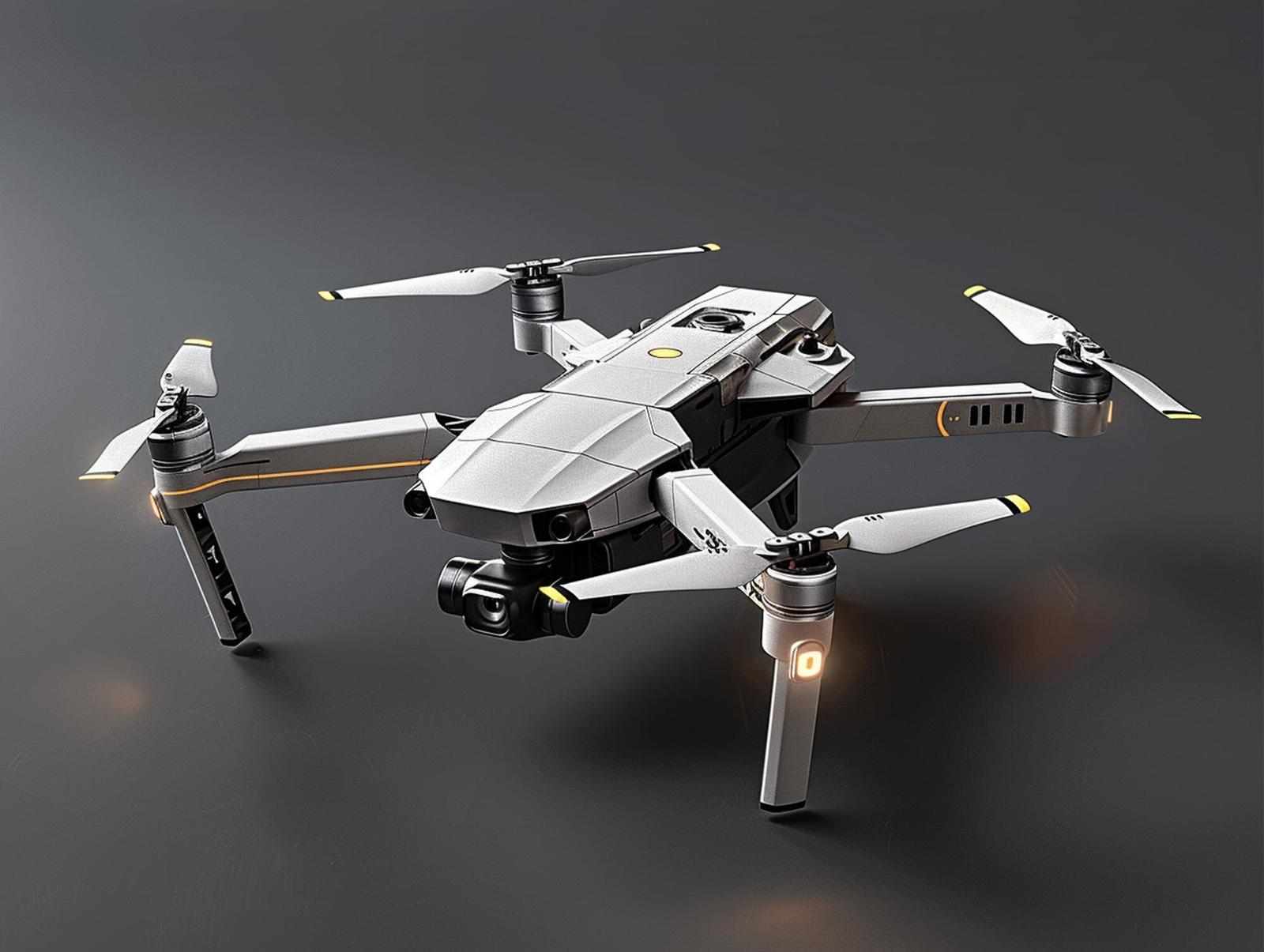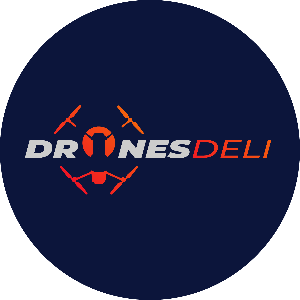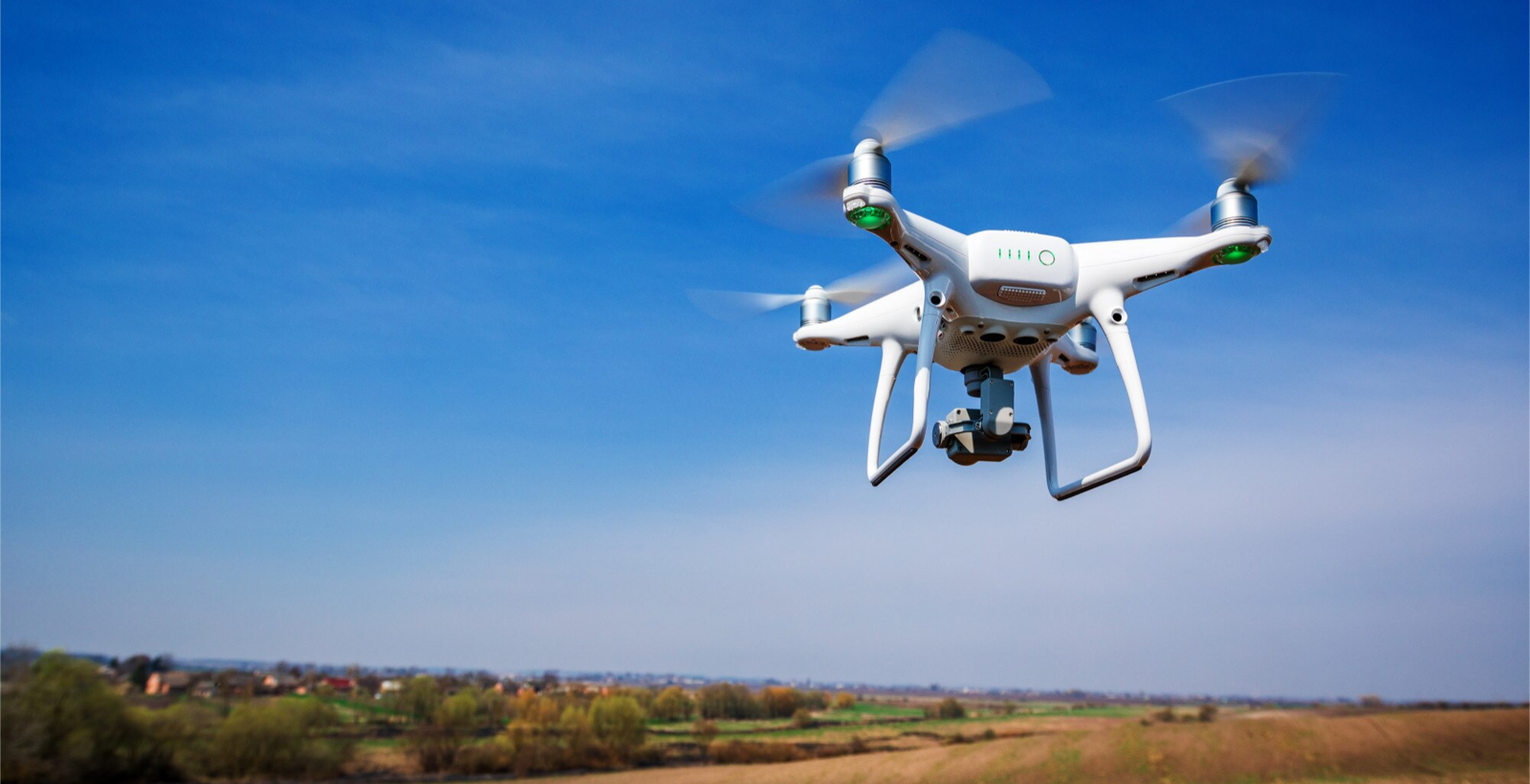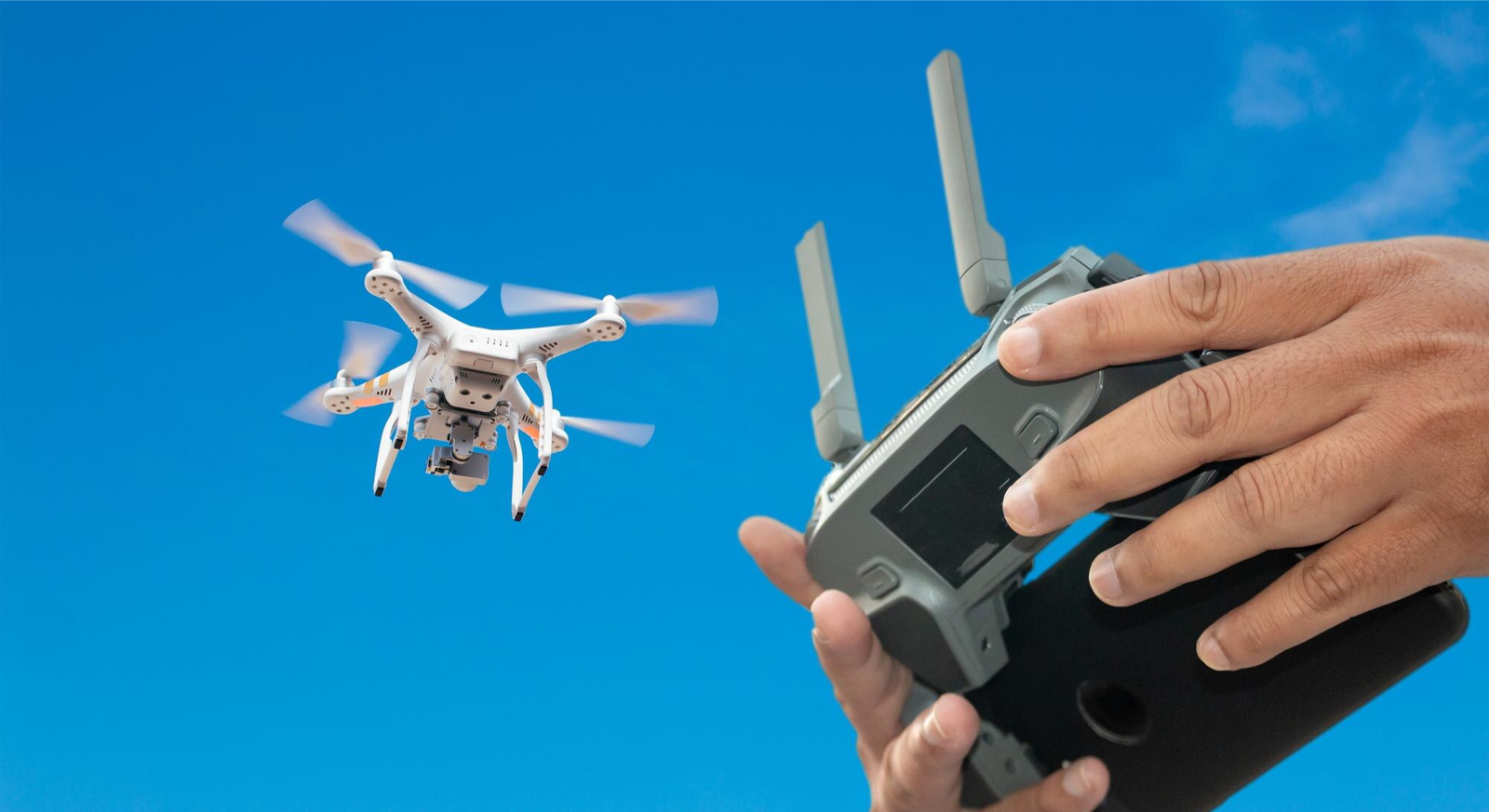
Modern industries are evolving fast, and with that comes a growing need for technology that provides efficiency, safety, and deeper insights. One of the most impactful tools for a wide range of professional applications is the Drone with Thermal Camera. These specialized drones are designed to detect heat signatures, allowing users to identify temperature variations that are invisible to the naked eye. Whether you're working in agriculture, firefighting, energy, or construction, using a thermal drone can transform the way you gather data, make decisions, and carry out inspections.
The key to maximizing the value of this technology lies in choosing the right drone model suited to your industry’s unique requirements. This guide will walk you through everything you need to know before making your investment.
What is a Drone with Thermal Camera?
A drone with thermal imaging capabilities is an unmanned aerial vehicle equipped with an infrared camera that reads and visualizes heat patterns. It can fly over buildings, fields, or equipment and capture thermal images in real-time. These images are used to detect anomalies such as heat loss, electrical hotspots, crop stress, or even the presence of humans or animals in search and rescue missions.
Unlike traditional drones for photography, thermal drones offer functionality beyond visual imaging. They are vital tools in both preventative maintenance and emergency response efforts.
Why Thermal Imaging Matters Across Industries
Thermal imaging allows you to see beyond the visible spectrum. It brings to light heat differences that could signal equipment failure, insulation problems, or inefficient irrigation systems. Here’s how different sectors are using drones equipped with thermal cameras:
Agriculture
Farmers use thermal drones to monitor soil moisture, crop health, and detect irrigation leaks. This helps in identifying stressed plants that may not yet show visible signs of trouble. The use of thermal drones results in more precise field management and better yield predictions.
Fire and Rescue
Thermal drones are essential during fires or search operations. They help identify hotspots within burning buildings or locate people through thick smoke or darkness. Fire departments benefit from faster response times and safer operations.
Energy and Utilities
Thermal imaging is widely used in power line and solar panel inspections. Detecting overheating components early prevents major breakdowns and outages. For solar farms, a quick scan can reveal underperforming or damaged panels with minimal disruption.
Construction and Roofing
Roofing contractors and building inspectors use thermal drones to detect water damage, air leaks, and insulation gaps. This non-invasive method provides accurate diagnostics without needing to tear down structures.
Wildlife and Environmental Monitoring
Thermal drones are used for wildlife population studies, anti-poaching patrols, and environmental research. They enable researchers to monitor animals at night or in dense forests without disturbing them.
What to Look for in a Thermal Drone
When selecting a Drone with Thermal Camera, it's important to match features with your intended use. Here are key factors to consider:
1. Thermal Camera Resolution
Higher resolution means greater image clarity. For example, a 640x512 thermal resolution provides better detail than 320x240. This matters when precision is critical, such as in inspections or rescue missions.
2. Visual Camera Integration
Many thermal drones combine a standard visual camera with an infrared one. This dual capability allows you to overlay thermal data on visible images for better interpretation and context.
3. Flight Time and Battery Life
Longer flight time increases productivity by reducing downtime for battery changes. Industrial applications often demand at least 30 to 45 minutes of flight per charge.
4. Range and Transmission
Drones with longer transmission ranges and stable video feed capabilities are important when operating in large or remote areas.
5. Payload Capacity
If you plan to add drone accessories like additional sensors or lighting, choose a model with a strong payload capacity.
6. Weather Resistance
Outdoor inspections often happen in less-than-perfect weather. A rugged and water-resistant build ensures that your drone performs well regardless of the environment.
Recommended Drones with Thermal Capabilities
Here are a few reliable models that stand out for specific industry applications:
DJI Mavic 3T
Compact, easy to operate, and ideal for first responders and building inspections. It features high-resolution thermal and visual sensors, offering excellent value compared to other options in its class.Autel EVO II Dual 640T
Known for its long flight time and top-tier thermal imaging, this drone is suitable for utility inspection, construction, and search and rescue.Parrot Anafi USA
Designed with military-grade specs, it's a lightweight and foldable drone that still delivers powerful thermal and optical performance.DJI Matrice 300 RTK
A top-tier choice for professionals who need versatility. It supports multiple payloads, offers advanced obstacle avoidance, and is perfect for those needing high-accuracy data in complex environments.
If you’re comparing options and wondering about DJI drone camera price, remember that costs vary based on camera quality, drone size, and features like RTK positioning or dual sensors.
Industries That Benefit Most from Thermal Drones
Not every business needs a thermal drone, but those that do can realize major advantages. Industries seeing the biggest gains include:
Public Safety Agencies
Use thermal drones for night patrols, suspect tracking, and disaster response.Precision Agriculture
Save on water and fertilizers by targeting affected areas instead of blanket coverage.Utilities and Infrastructure
Reduce downtime by catching issues early with regular drone scans.Construction and Real Estate
Offer added value in your services with more detailed inspections and progress tracking.Environmental Research
Gather data in protected or sensitive areas with minimal disruption.
Why Buy from a Trusted Drone Store?
Getting a quality product with the right support is essential. At Dronesdeli, you’ll find a curated collection of drones suitable for both commercial and industrial applications. From beginner kits to enterprise-grade solutions, Dronesdeli provides guidance, product comparisons, and after-sales support to help you get the most from your investment.
Final Thoughts
Choosing the right Drone with Thermal Camera involves more than just picking the most expensive or newest model. It requires a clear understanding of your industry’s needs, the environments you’ll be working in, and the kind of data you want to collect. By focusing on features like camera resolution, flight time, and durability, you can ensure that your investment pays off in better decision-making and operational efficiency.
As more industries adopt drones into their workflows, the demand for thermal capabilities continues to rise. Whether you're monitoring infrastructure, saving lives, or optimizing farmland, a well-chosen thermal drone can deliver results that are both immediate and long-lasting.
Frequently Asked Questions (FAQs)
1. How much does a drone with a thermal camera cost?
Prices vary depending on the resolution, flight time, and additional features. Entry-level models may start around $3,000, while high-end professional models can exceed $10,000.
2. Are thermal drones difficult to operate?
Most modern drones are user-friendly with smart controls. However, interpreting thermal data accurately may require some training, especially for technical applications.
3. Can I use a thermal drone for both photography and thermal imaging?
Yes. Many models combine high-resolution cameras for visible light imaging along with thermal sensors, making them versatile tools for both tasks.
4. What industries should avoid using thermal drones?
Industries that rely solely on traditional imaging, such as some areas of drones for photography, may not need thermal capabilities unless combined with inspections or monitoring work.
5. Do thermal drones require special licenses or regulations?
Regulations depend on your location. Commercial use often requires certification, especially if operating beyond line of sight or in restricted areas.
If you'd like help comparing models or understanding more about drone capabilities, Dronesdeli is here to help guide your decision with expert insights and dependable customer service.



Write a comment ...